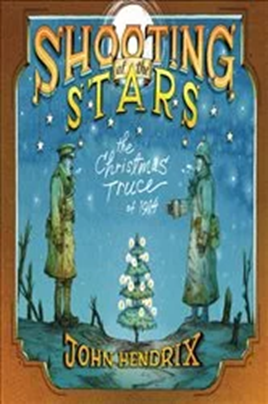Tis the Season, to End the War on Drugs
- Tamara Shrugged
- Dec 21, 2023
- 3 min read
Updated: Aug 21, 2024
“Those who enforce America’s drug prohibition must be one of three things: evil, stupid, or insane.” – A Drug War Carol
While several states implemented bans on the manufacture and sale of alcohol during the nineteenth century, the first nationwide ban, known as Prohibition, went into effect in 1920 and continued for 13 years. Advocated primarily by religious reformers, the 18th Amendment created a new bureaucracy of federal agents, charged with rooting out bootleggers and shutting down illegal operations. By 1927, a new department called the Bureau of Prohibition was created to expand its force and reach. But the short-lived ban on alcohol was just a foretaste of a bigger war to come. Just as alcohol prohibition created a black market in moonshine, the drug ban would create its own powerful cartels. Although prohibition targeted the suppliers, the war on drugs took its battle to the people, criminalizing private behavior, even when no other crimes were committed.
Under Prohibition, thousands of deaths occurred from tainted batches of homebrew. Today, under the watchful eye of the War on Drugs, an average year provides more than 100,000 drug overdoses resulting primarily from the use of opioids. With approximately 12 billion in profits from illegal drug sales, this problem is going nowhere anytime soon.
In Susan W. Wells's 2003 graphic novel, “A Drug War Carol”, Wells tells the history of the American War on Drugs through a modern spin on Charles Dicken’s classic story, A Christmas Carol. In this iteration, four ghosts visit Scrooge McCzar, revealing the origins and consequences of the national drug ban. While Dicken’s original tale was written as an appeal to the British to help the poor and restore the spirit of Christian charity, Wells hopes to reignite a debate on how detrimental government policies often create the opposite effect, having made the ban on drug use greater than the disease.
In Wells’s tale, the ghost of Harry Aslinger, the first drug czar in the war on drugs, appears first to warn the current McCzar that he must reform himself before his policies do more harm than good. A prohibitionist, Anslinger’s new mission following the end of Prohibition was to manufacture a new fear involving the popular drug, marijuana. By fabricating tales of violence, and fanning racism through claims of inappropriate behavior of blacks and Mexicans toward white women, Anslinger hoped to keep his agency’s door open, all while ignoring an excess of studies and anecdotal evidence suggesting otherwise.
The ghost of Christmas past begins by revealing the many drugs, like laudanum, heroin, and cocaine, that were openly sold in stores, including the Sears Robuck catalog, for decades before social reformers intervened to stop their reach. At the time, there was little crime, few addicts, and most users continued their employment without incident, all while drugs were safe and available at low cost. Those who did develop problems were appropriately treated by doctors as if suffering from an illness. Marijuana was used legally until the 1937 Tax Act was passed, ironically, for the express purpose of reducing crime, addiction, and overdoses.
Today, black markets fill the void, supplying the continuing demand, often with drugs filled with dangerous additives, injuring and even killing its clientele with no legal remedy. Readily available to children, black markets sell without restrictions, adding to the cost of both increased incarcerations and destroyed lives. Eventually, the continuing War on Drugs created mandatory minimum sentences sending drug addicts to jail for often more time than murderers and rapists. In addition to an acceleration in drug arrests, civil asset forfeiture laws allow police to confiscate property over the mere suspicion of a crime, even when no charges are filed. To date, all this cumulative bureaucracy has needlessly wasted over 1 trillion dollars in the past 50 years. Since the War on Drugs was initiated, the government has gone on to regulate behavior through additional bans and sin taxes.
The adaptation of the drug war to “A Christmas Carol” reveals that hindsight can be 20/20. By seeing the outcome of past harmful policies, reforms can and have been made. Through the nullification of federal drug laws, several states have already legalized the use of recreational and medical marijuana with the promise of more states allying with each election cycle.
And to those who fail to learn the lessons from the past…Bah, Humbug!







Comments